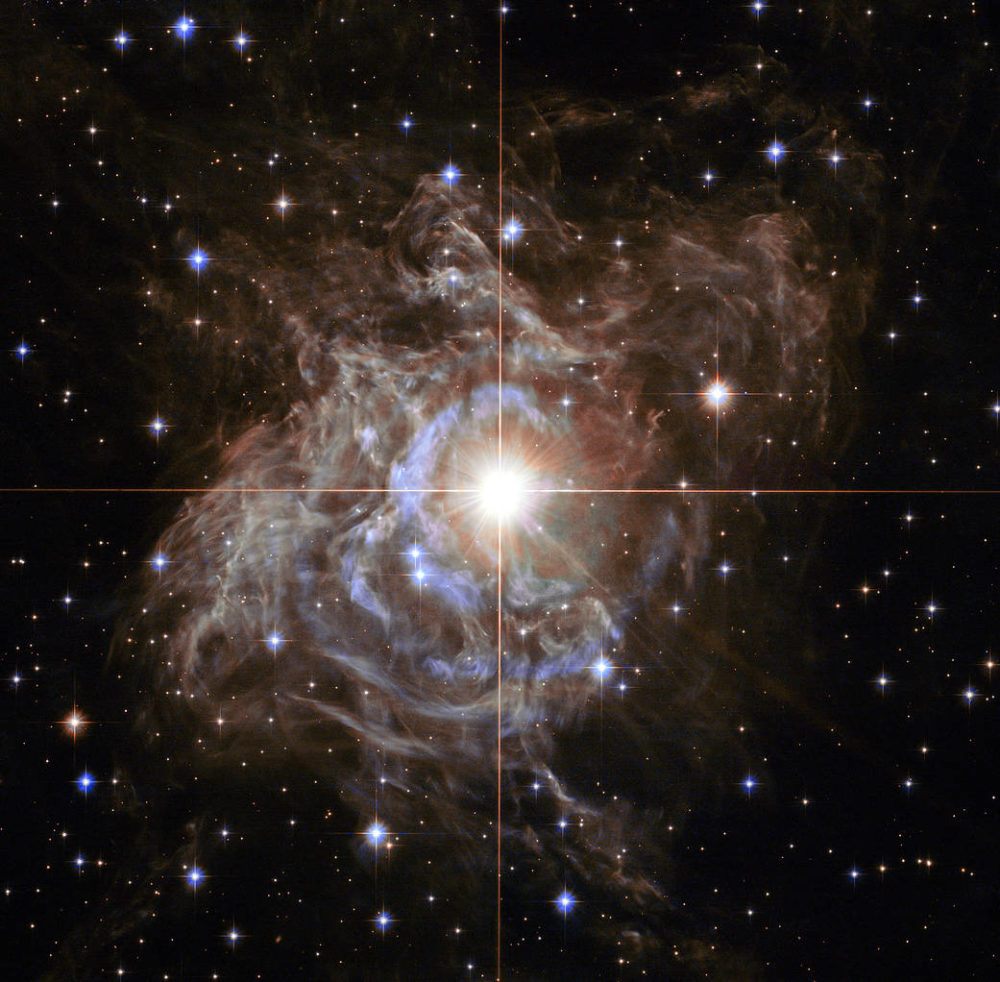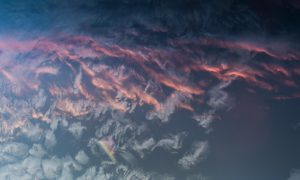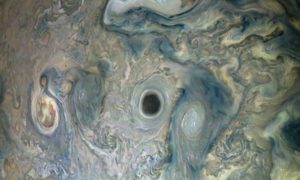NASA Hubble telescope captures a gorgeous image of the bright southern hemisphere star RS Puppis. At the centre of the image, it is swaddled in a gossamer cocoon of reflective dust illuminated by the glittering star. The star RS Puppis is 10 times more massive than the Sun and 200 times larger. RS Puppis brightens and dims in a six-week cycle and NASA has captured an amazing image in the brighten cycle. It comes in the most luminous in the class of so-called Cepheid variable stars and has an average brightness of 15,000 times greater than the Sun’s luminosity.
According to NASA, ts average brightness is a whopping 15,000 times that of our own Sun. The massive burning ball is 200 times larger than our star and ten times as massive. It’s classified as a Cepheid variable star, meaning that its luminosity changes regularly.
“The nebula flickers in brightness as pulses of light from the Cepheid propagate outwards,” NASA explains. “Hubble took a series of photos of light flashes rippling across the nebula in a phenomenon known as a ‘light echo.’ Even though light travels through space fast enough to span the gap between Earth and the Moon in a little over a second, the nebula is so large that reflected light can actually be photographed traversing the nebula.”
The image comes so clear because of the unique light properties and the wealth of debris that surrounds it and hail NASA because it is able to estimate its distance from the Earth with high accuracy. It is approximately 6,500 light-years away and NASA is able to estimate to within a margin of just one per cent.
Hubble space telescope is one of the coolest NASA discoveries and this image is proof that the Telescope is doing an awesome job. The NASA astronomers are putting their efforts to explore space and present that in front of us.
Image credit: NASA, ESA and the Hubble Heritage Team (STScI/AURA) – Hubble/Europe Collaboration; Acknowledgement: H. Bond (STScI and Pennsylvania State University)

















